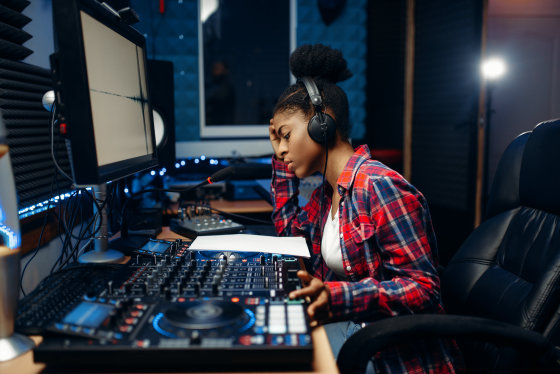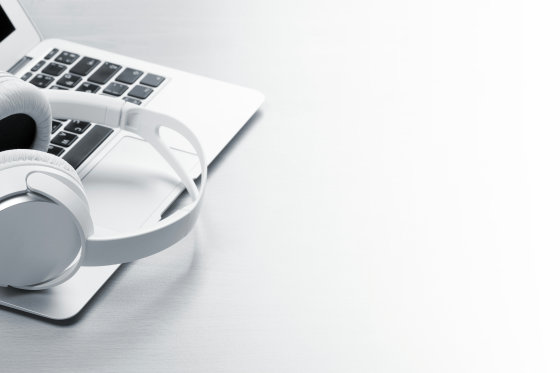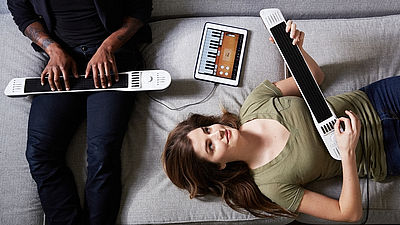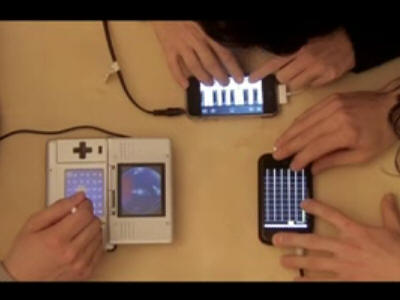How will music production change with 'MIDI 2.0' upgraded for the first time in 38 years?

by
It was announced on January 18, 2019 that the international standard ' MIDI ' for digitally transmitting electronic musical instruments and performance data will be upgraded to 'MIDI 2.0' by the MIDI Manufacturers Association (MMA). It was a big topic that the MIDI standard was upgraded for the first time in 38 years, but with the announcement of a MIDI 2.0 compatible device in 2020, 'What actually changes with MIDI 2.0? Is explained.
What Will MIDI 2.0 Mean for Musicians? | Reverb News
https://reverb.com/news/what-will-midi-2-dot-0-mean-for-musicians
MIDI standardization began in the early 1980s, and the protocol was announced in 1983. Over the past 30 years, MIDI compatible instruments and software have evolved significantly, but MIDI 1.0 itself has not changed, the number of available channels is 16, low resolution and timing deviation, It had problems such as a one-way data flow.
In January 2020, just one year after the announcement of MIDI 2.0, Roland, which handles electronic pianos and synthesizers, announced the A-88MKII, a MIDI 2.0 compatible keyboard controller. It is expected that other brands will soon release items that use MIDI 2.0.
Roland-A-88MKII | MIDI Keyboard Controller
https://www.roland.com/jp/products/a-88mk2/

On the other hand, detailed specifications have not been ratified by MMA or the Association of Musical Electronics Industry (AMEI), so details are unknown. Reverb , an online shop for vintage music equipment, asks software engineer Brut Porter and Roland's Koichi Mizumoto about what will change with MIDI 2.0.
◆ What are the points of MIDI 2.0?
First, it's important to note that the appearance of MIDI 2.0 does not mean that MIDI 1.0 cannot be used. MIDI 2.0 is backward compatible, so even devices that support MIDI 2.0 can send MIDI 1.0 data. It is also possible to set up a hybrid device of MIDI 1.0 and MIDI 2.0.
If MIDI 1.0 can be used in the future, why not use MIDI 2.0? As you may have guessed, MIDI 2.0 has the great advantage of removing the limitations of MIDI 1.0, improving resolution and responsiveness, and solving timing issues.
One of the two major problems with MIDI 1.0 that people have been asking to do something is 'timing'. The problem of hitting the electronic drum 'V-drum' as quickly and accurately as possible, but with a delay, was a 'common story' in MIDI systems. Early hardware was developed in the 1980s, so initially 5-pin DIN cables could only handle low bit rates, and processors could not handle high resolution data. The second problem is that the processor has evolved to allow more than 5 pin connections, but the protocol itself is still shaped by outdated technology.

by
According to Porter, a controller with a MIDI 1.0 device could only transmit values in 128 steps from 0 to 127 because only 7 bits were conventionally assigned, but MIDI 2.0 has 65,536 steps. In addition, pitch vents are 32bit, and have higher resolution. This is thought to allow for more expressive sound adjustments on digital, at almost the same level as analog controllers. 'This is a huge change. Performance is more fluid and expressive,' says Porter.
How does MIDI 2.0 change music?
MMA separates the term 'MIDI 2.0 protocol' from the 'MIDI 2.0 extended environment' that includes a data format in the form of 'Universal MIDI Packet' (Universal MIDI Packet) and a mechanism for function expansion 'MIDI-CI' It is point to use. This means that the MIDI 2.0 protocol is combined with a better way to send and receive messages. For example, a universal MIDI packet extends 16 channels of MIDI 1.0 to 256 channels of MIDI 2.0. Also, as soon as the device is connected, MIDI-CI automatically detects which device has MIDI 1.0 or MIDI 2.0 and performs 'mapping' that enables transmission and reception according to it. This is expected to significantly improve the workflow.
MIDI 2.0 has many performance improvements, such as fluidity and a more natural pitch shift, but music quality even when producing music in a simple environment of `` one controller and one DAW '' Says Mizumoto.

by karandaev
When a professional composer who uses an orchestra library such as EastWest composes or arranges music, MIDI 2.0 makes it easier and more accurate to create articulations than MIDI 1.0. 'It's true that many DAWs support per- note control, but by making this part of the standard, hardware, instruments and controllers will offer similar articulations in the future. It could be like that, 'added Mizumoto.
On the other hand, is there any possibility that multiple pieces of hardware can communicate freely at the same time in the future? The question is, 'MIDI 2.0 basically assumes that there is a one-to-one connection between initiator and responder. Future MIDI interfaces will be responders to DAWs and initiators to connected instruments. It may function as a ',' said Mizumoto.
Related Posts:
in Note, Posted by darkhorse_log







